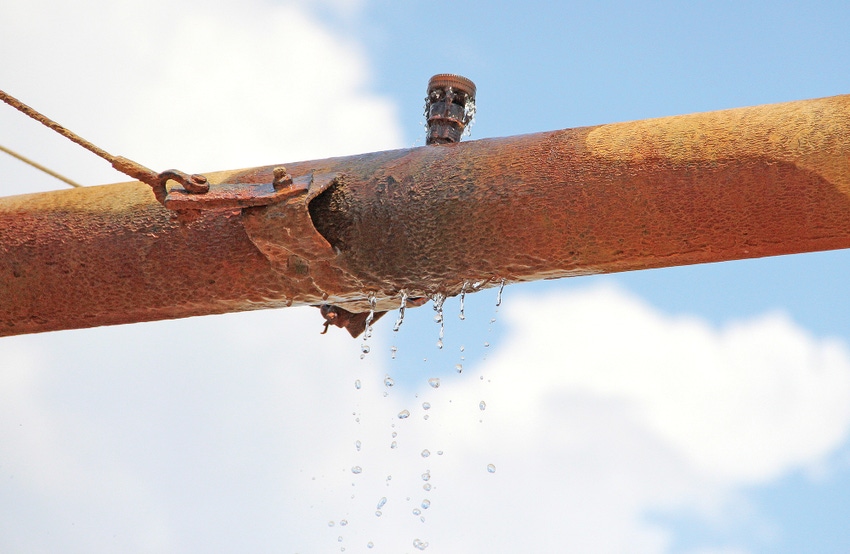
For every dollar of premium that insurance companies write, they have a regulatory requirement to have the private financial backing to cover catastrophic losses.Each year, the Federal Crop Insurance Corporation reviews and approves every company’s plan of operations to ensure that adequate capital is available, explained Tom Zacharias, president of National Crop Insurance Services (NCIS), the industry’s trade association.
July 19, 2012

As the drought spreads and attention turns to worsening crop conditions in farm country, the nation’s crop insurers have reassured farmers that companies will have the money necessary to quickly pay out claims in 2012, even amid record payouts last year.
For every dollar of premium that insurance companies write, they have a regulatory requirement to have the private financial backing to cover catastrophic losses. Each year, the Federal Crop Insurance Corporation reviews and approves every company’s plan of operations to ensure that adequate capital is available, explained Tom Zacharias, president of National Crop Insurance Services (NCIS), the industry’s trade association.
On the precipice: severe drought, declining yields, marketing advice
USDA responds to farmers and ranchers affected by extreme weather
Drought resources for Tennessee farmers
“We’ve always been there for our farmer customers when they’ve faced tough times in the past and we’ll continue to be there,” he said.
Zacharias said 2011, which was marked by widespread weather-related loss and a record $11 billion in indemnity payments, should serve as a good model for what farmers can expect this year.
In 2011, most payments to farmers on the policies they purchased were processed within 30 days of claims being finalized. Such efficiency required a highly trained and skilled force of agents and claims adjusters, Zacharias pointed out.
Adjusters on farms now
There are about 5,000 certified crop insurance adjusters in the country who are already visiting farms and assessing damage. More than 2,000 of these adjusters are expected to attend NCIS sponsored training sessions this summer where part of the focus will be on this year’s droughts.
Although indemnity payments on the 2012 crop are already being made, NCIS is unable to predict the extent of likely damages this year because reliable information about the number of policies sold in 2012 and the acres covered by those policies will not be available until mid-August. Final indemnity estimates will take even longer to filter in.
USDA announces streamlined disaster designation process
Arkansas Drought Resources site provides easy-to-find production infor…
Investigating your crop insurance policy in front of a drought
In the meantime, Zacharias offered advice for farmers who are facing weather disaster.
If producers think they have a loss on an insured crop, they must:
(1) Notify their crop insurance agent within 72 hours of the initial discovery of damage;
(2) Continue to care for the crop and protect it against further damage, if possible; and,
(3) Obtain consent from the insurance company prior to destroying any of the insured crop.
“Crop insurance is working well, and it will prove to be instrumental to agriculture’s ability to rebound this year,” Zacharias concluded. “As Congress debates a new farm bill and as the administration considers future changes, we hope they will see our impressive track record and do no harm to crop insurance.”
You May Also Like



